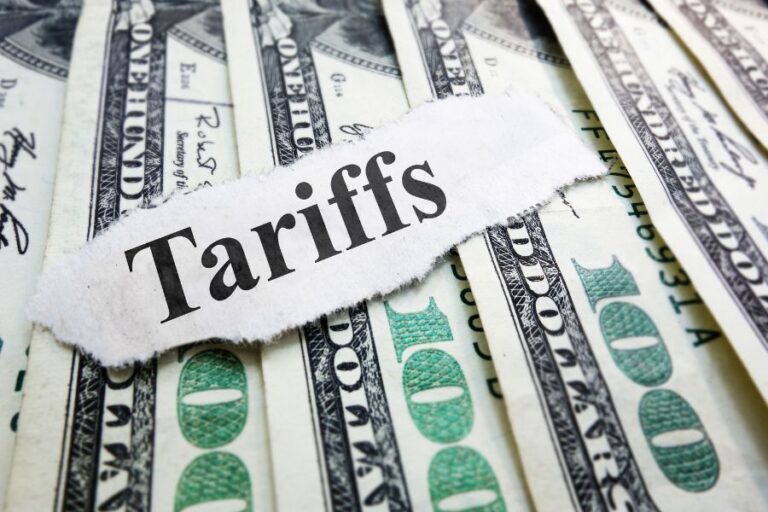On February 1, former U.S. President Donald Trump made a controversial move by announcing a series of tariffs aimed at reshaping global trade dynamics. Starting February 4, the United States will impose a 25% tariff on all imports from Canada and Mexico, while Chinese goods will face a 10% tariff. This decision has unleashed a wave of retaliatory measures from both Canada and China, escalating tensions between the world’s largest economy and two of its most significant trading partners.
In response to Trump’s tariffs, Canada swiftly retaliated, imposing its own set of tariffs on approximately $107 billion worth of U.S. goods. These sanctions target a broad range of products, including popular items like beer, wine, and household goods. The Canadian government has made it clear that these tariffs are in direct response to what it perceives as an unjustified economic attack on its industries. This bold move is not only a symbolic gesture of defiance but also a strategic step to protect Canadian businesses and maintain trade balance.
Simultaneously, China has moved to increase tariffs on a variety of American imports, further exacerbating the economic standoff. The Chinese government has also taken steps to implement stricter export controls, impacting the flow of critical resources and goods between the two nations. The escalating trade tensions have sent shockwaves throughout global markets, signaling a new phase in the trade war initiated during Trump’s presidency.
The immediate consequences of these tariffs were felt across international financial markets. Stock indices such as the S&P 500 and Nasdaq, which had shown steady growth in recent years, faced sharp declines as investors reacted to the uncertainty caused by the new tariffs. These market dips reflect growing concerns over the long-term effects of a trade war and its potential to disrupt supply chains and business operations worldwide.
On the currency front, the U.S. dollar strengthened as a result of the tariffs, further illustrating the U.S. administration’s economic influence. Conversely, the Canadian dollar, Mexican peso, and the euro all saw declines, indicating that the tariffs were having a significant impact on the economies of these countries. The situation was further complicated by fluctuations in commodity prices, which showed general weakness due to the trade tensions. However, oil prices bucked the trend, showing a noticeable rise amid the uncertainty.
The global economic landscape is now at a crossroads, as the ripple effects of these tariffs continue to reverberate. Countries that have been caught in the middle of the U.S.-China trade dispute are faced with difficult choices. Will they align with the U.S. in an attempt to maintain favorable trade relations, or will they seek to distance themselves from these policies in favor of greater economic independence?
The coming weeks will be crucial in determining whether this trade war is just the beginning of a prolonged economic conflict or if diplomatic measures will bring about a resolution. The effects of Trump’s tariff decisions are already being felt worldwide, and the global economic landscape could be forever changed by the outcome of this standoff.


